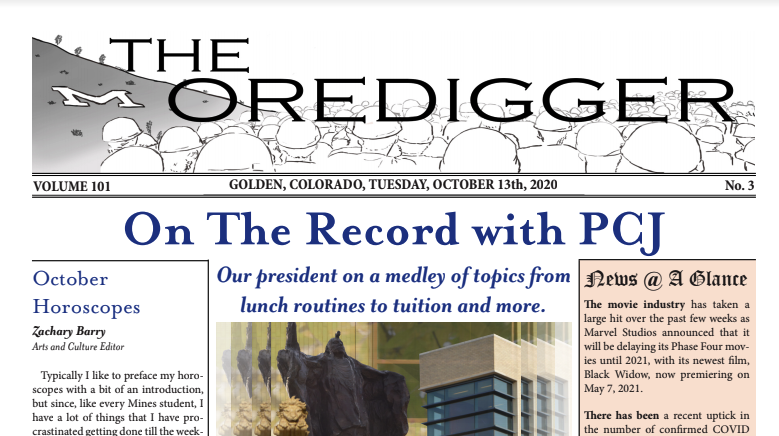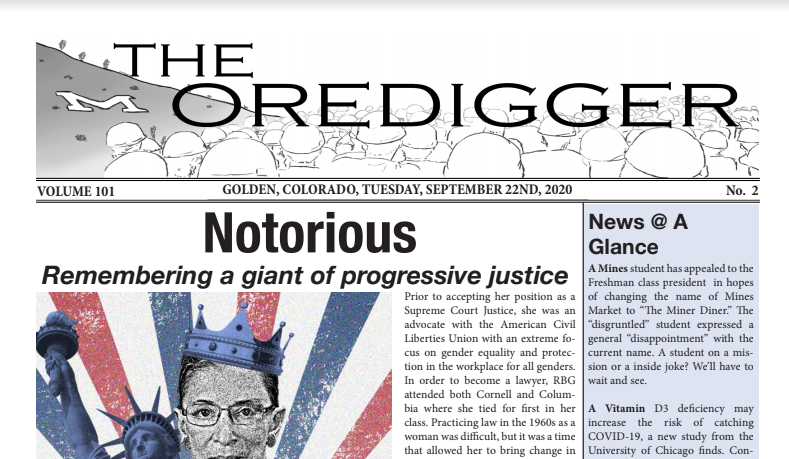A simple set of binoculars can be the most versatile tool in an astronomer’s collection. Inevitably, every amateur will reach their breaking point and the idea of not having a reliable telescope becomes too harrowing to go on without one. This is a critical point in each astronomer’s journey and the choice of a telescope can make or break a star party. Before plunging into the world of telescopes, there is one major warning to get out of the way. Telescopes are finicky, and unless an amateur has had ample time using another telescope, the first few nights will be disappointing to say the least. There is an extreme learning curve, but with patience comes brilliant stargazing.
A telescope should not be a budget item in an astronomer’s arsenal. There are lots of cheap telescopes on the market which will provide only headaches and heartaches. Nothing beats the disappointment of arriving at a dark sky site only to find that a knob is missing or that a secondary mirror has snapped off. For the cheap option, it is better to research how to build a telescope and to have something that is a mark of pride, than to have something that has no sentimental value. Loads of astronomers have self-built scopes that are worth their weight in gold. The first step is to establish a budget for a scope and to make sure to include the costs of accessories.
There are three different kinds of telescopes to consider. Each type has a different feel for viewing and an ideal target type. The two simplest types of telescope are reflecting and refracting telescopes. Refracting telescopes are easily identified by having the viewing site at one end and the opening at the other. They tend to be longer than the other varieties, but due to their length and lack of mirrors, it is rare to find refractors with large apertures, a necessary trait for exploring deep space. Their advantage lies in the ease of use, for higher end refractors, it is easy to have a tracking device, which is a must for astrophotography. On the other side of the easy scopes exists reflector telescopes. Because they use mirrors, the length of a reflector scope has no bearing on the aperture. These scopes can take in a lot of light and can reveal amazing fields of stars. They are extremely easy to use, provided there exists some variety of aiming device, unfortunately the upper end of reflectors are bulky and hard to transport. Along with this, only a very slim few have any ability to have tracking, thus they are useless for all but the shortest of astronomy photos.
The third kind of scope exists as a mixture of reflectors and refractors. These are known as catadioptric telescopes and for an amateur with funding, they generally are the best option to explore the stars. They are much more compact than their brethren and most of them have some sort of tracking feature. Then again, as mentioned, it is important to remember that these scopes are extremely expensive and hard to maintain if they break.
On top of the actual telescope, more funds must be diverted to lenses and other equipment. In terms of lenses it is important to get a nice range, as well as some filters for viewing objects like the Moon and the planets. For the larger telescopes, transportation is also an important factor. While a big scope can wow and impress, they are essentially useless if they cannot be brought to the viewing location. For some of these it may even be necessary to have a ladder. Unless money is no object, it is probably best to stick with the binoculars.



'The Stars Above Mines: An Introduction to Telescopes' has no comments
Be the first to comment this post!